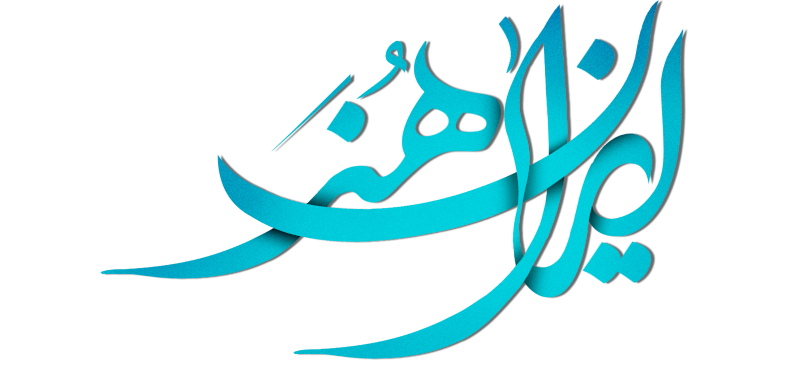Learning From the Dead

TEHRAN.(Iranart) – E nthused by designs and symbols used in ancient carved gravestones in and around the city of Dezful, Khuzestan Province, a group of local artists and artisans have produced a collection of handicrafts that manifest times and tools gone by.
Adorned with the figures and designs on the old tombstones, potteries and wicker baskets have been produced in several villages in Shahyun District of Dezful County, Mehr News Agency reported.
The project is the initiative of a group of activists promoting sustainable development, cultural heritage and tourism. One of the group’s members is Mojtaba Gahestouni, director of Khuzestan-based cultural heritage group Taryana. For years he and his group have toiled to protect the cultural heritage of the ancient southern province from rent-seeking real estate developers and avaricious brokers that see profit in the end of urban development.
To have a complete library of rock carvings and petroglyphs, the group visited several historical sites and cemeteries, including the area around Shadab Fortress near Shahyun Lake. Covering an area of 5,000 hectares, the historical site is 40km north of Dezful.
Shadab Fortress is one of the largest natural forts in Iran. It is 10 km long and 4 km wide, with natural walls rising up to 700 meters. Around the fortress there are a number of old graveyards with vertical and horizontal tombstones.
Carved Designs
The carvings somehow depict the deceased, representing them as riders, armed with guns or blades, or escorted by lines of attendants.
Tools of nomadic life, including weaving tools are seen among the designs, namely rug looms, pairs of scissors and weaving combs.
An upright stone shows a rider armed with a sword. Another carved rider has his sword sheathed. Some say such graves were dug in the battlefield for those slain in battle. One gravestone depicts a woman skilled in riding and hunting. She also seems to have been deft in climbing palm trees and picking dates.
A slab shows a person engaged in pottery and painting on pots. Wheat clusters represent a good farmer. The carvings are symbolic and mostly reduced to simple signs. Some of them are seen in rugs still woven by the distinguished Bakhtiaris, a southwestern Iranian tribe and subgroup of the Lur ethnic group.
The carved designs are seen as having high potential for craftsmen. Particularly in potteries and ‘kapou,’ a wicker basket made with palm fronds. They were given to potters and weavers in Shahyun District which is among the main centers for the production of kapou.
Artisans cooperating with the project were mainly in the villages of Pamenar and Eslamabad in close proximity of each other. Their products are sold in other parts of the country.
The shapes and figures on the gravestones conform beautifully with the kapous and baskets usually bear geometrical designs. The rare initiative has bestowed added value on both the craft and craftsmen.

